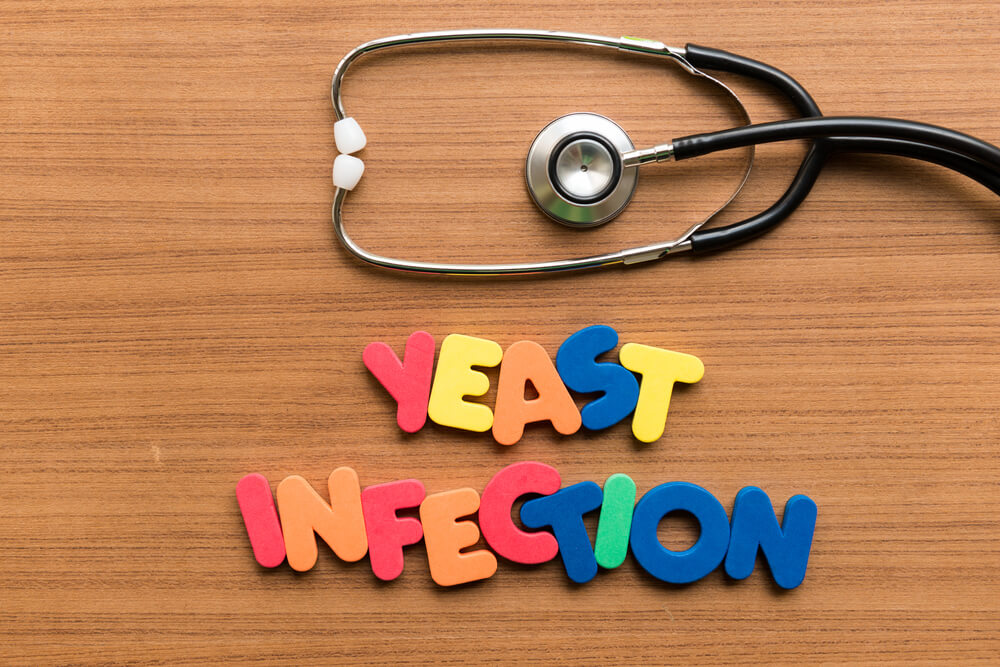An infection caused by yeast overgrowth in the vaginal area is called a vaginal yeast infection. The main culprit behind this issue is the fungus named candida in the vagina. When the candida fungus starts growing out of control, it causes different yeast infection symptoms. The services of a gynecologist in Bradenton, Florida, are there to help you fight infections such as these, so make sure you pick a doctor who will guide you through the process safely and ensure proper treatment.
Clinics such as Women’s Care of Bradenton invest a lot of attention and effort in providing the best possible care to their patients, especially regarding gynecologist services. Choosing an experienced doctor will save you a lot of trouble during treatment.
In this article, we decided to bring you some basic information on vaginal yeast infections, the symptoms, how to treat yeast infections, and how to notice that you might be facing such medical issues.
Vaginal Yeast infection 101

As mentioned in the beginning, a yeast infection in the vaginal area is a fungal infection derived from the yeast named candida. Every woman’s body contains candida, a particular type of yeast, and no issues can develop when it is balanced out in the body. However, if the yeast starts to get out of balance, it overgrows, and a vaginal infection develops.
Although a yeast infection is not considered to be a sexually transmitted infection, it still brings different yeast infection symptoms, which can be very uncomfortable, painful, and distressing for the patient. Vaginal infections caused by yeast are also called vulvovaginal candidiasis and vaginal candidiasis. This type of yeast infection is considered to be one of the various vaginitis conditions, where the vagina gets very swollen, infected, and quite painful.
There are a few different types of vaginitis, but vaginal yeast infections are one of the most common ones.
Even though fungus lives in a few places in our bodies, it is unusual to think of yeast in these terms. That said, candida is a particular yeast that lives in our mouths, the digestive tract, and the vagina. Other bacteria in our bodies keep candida under control, but sometimes it is hard for the body to fight the “bad” bacteria, and you start developing different conditions.
Vaginal yeast infection can happen to anyone, so there is no need to be ashamed or frightened. They are more common before menopause and after the person has left puberty. Different factors help develop the infection, but most yeast infections are curable.
Almost 80% of women have at least one yeast infection in their lifetime, and more than 50% face this issue more than twice. Apart from bacterial vaginosis, this is the most common cause of vaginitis.
When it comes to causes, as previously elaborated, this condition happens when the bacteria in the system are out of balance, causing the candida yeast to grow rapidly. This can occur for various reasons and influence the increase in the development of vaginal yeast infections. These reasons can include the following:
- Antibiotics (because they kill the “good” bacteria in the vagina)
- Birth control pills
- Pregnancy (the change in hormones during pregnancy can trigger the misbalance in candida growth)
- Not managing your diabetes (high blood sugar influences the bacteria in the urine)
- Health conditions weakening the immune system (such as HIV, AIDS, or cancer)
- Sitting in wet underwear, bathing suits, or sweaty clothes
- Usage of vaginal deodorant
- Using scented vaginal products such as tampons
Signs of a Yeast Infection
To avoid panicking when faced with specific yeast infection symptoms, we brought you a list of potential signs of a yeast infection.
There are some signs which are pretty accurate and which can immediately point to the proper diagnosis, and they include:
- Burning sensation in the vaginal or vulvar area
- Itching
- White, thick vaginal discharge
- Redness in the vagina or vulva
- Swelling of the vagina or vulva
- Tiny cuts or cracks on the skin of the vulva
- Burning sensation during urination
- Pain during sexual intercourse
These yeast infection symptoms are quite similar to symptoms of other STIs, so make sure you contact your provider and let them give a proper diagnosis as well as a plan of treatment.
Diagnosis
Your chosen medical provider is the only person who can accurately diagnose your condition. Although articles such as these help with the primary recognition of the condition, with your doctor’s evaluation and testing, it is possible to start a proper treatment plan and elevate the discomfort and pain.
You will need to schedule an appointment when you start noticing the symptoms mentioned above. After your doctor takes a sample of the vaginal discharge, they can confirm whether or not you are suffering from a vaginal yeast infection. The symptoms you are enduring and the test results will help the provider determine which type of yeast infection you are suffering from and how to proceed.
How to Treat Yeast Infections?
Every person who has faced a condition such as this one wonders how to treat yeast infections. There is a variety of different approaches to treatment depending on the severity of the condition, and here is some crucial information that might be helpful:
- Antifungal medication is most often used to treat yeast infections, and your doctor will be able to recommend the most suitable one for your condition and symptoms. This type of medication is used to fight yeast overgrowth in the organism.
- Medication for this condition is either taken orally or topically (used for up to seven days). The creams, gels, and similar can be applied around the vaginal area or inside using an applicator. The most common types are miconazole and terconazole.
- Your doctor has to give you all the necessary user information after they prescribe therapy, together with possible usage directions. Make sure you listen to your doctor and do as they say to get the best possible results from the treatment.
- It is not recommended to have sexual intercourse when taking vaginal yeast infection treatments because this activity can cause additional irritation, and the substances of the treatments can weaken the materials of condoms and diaphragms, which protect you from pregnancy or STIs and STDs.
- People do use over-the-counter medications to treat yeast infections. Still, we do not recommend it because you do not have a confirmed diagnosis from a medical professional, and you can potentially make the situation even worse.
- The medication should help you clear out the vaginal infection in a few days up to a week. More severe cases demand longer treatments, but if you follow doctor’s orders, you will be infection-free.
- Yeast infections do not go away independently because there is no medication to destroy the yeast overgrowth, so ensure you get proper treatment.
Reducing Risks

There are some steps you can take to prevent the development of a vaginal yeast infection, and they most often include some lifestyle changes such as:
- Avoiding douching or usage of feminine deodorants
- Not using scented pads or tampons
- Not wearing wet clothes or underwear
- Using cotton underwear
- Using water-based lubrication
- Keeping your blood sugar at an average level when you have diabetes
Call Us!
Our staff is here to answer any additional questions you might have, and if you suspect that a vaginal yeast infection might be happening to you, pick up the phone and schedule an appointment today!


